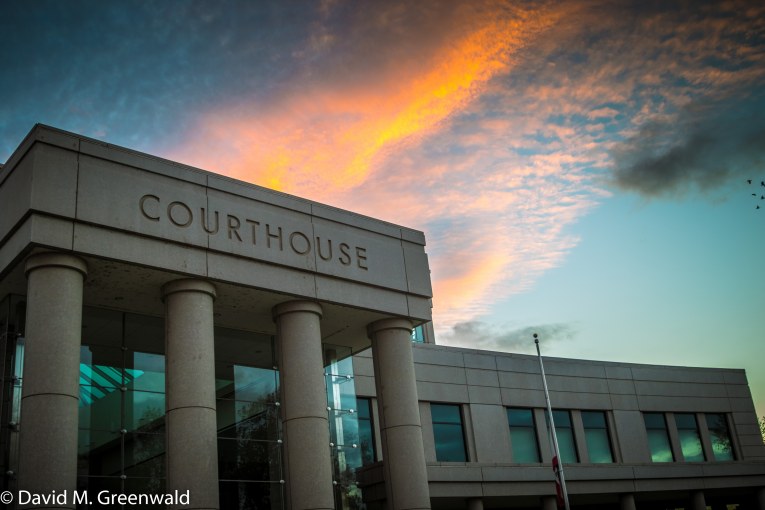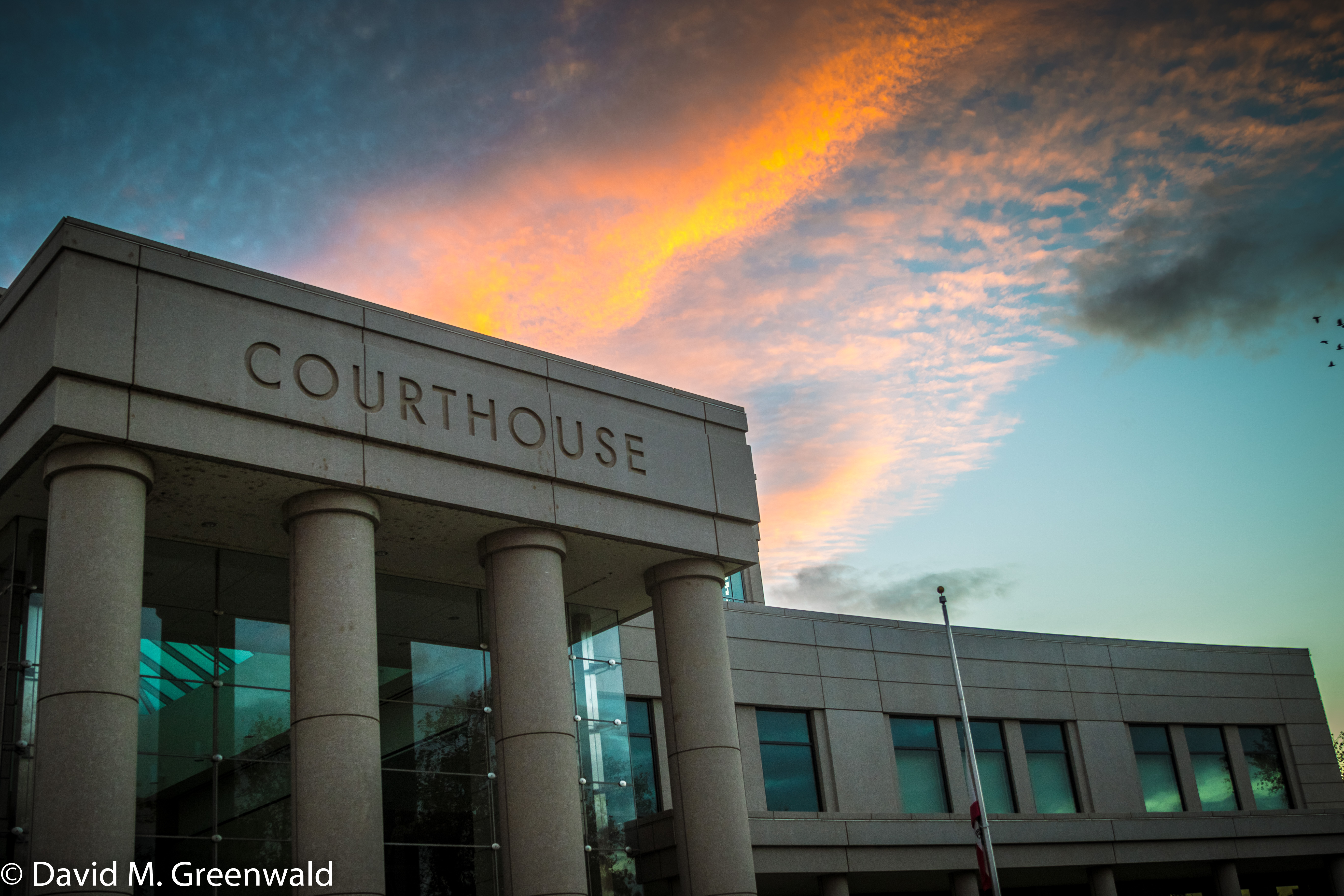
 By Alexander Pleitez and Koda Slingluff
By Alexander Pleitez and Koda Slingluff
WOODLAND, CA – A Yolo County Superior Court trial for Danny George Raviart, Jr., concluded Tuesday and went to the jury, with an expert toxicology witness and biting closing statements from both attorneys—their main argument focused on the legitimacy of the case and the evidence provided.
According to the evidence presented, Raviart, Jr., and his ex-girlfriend were driving through Yolo County from Sacramento to Oakland in 2020.
After some sporadic driving choices, his ex called 911 to say she feared Raviart was drunk behind the wheel. He pulled over into a gas station, parking diagonally and covering two parking spots. In the call, his ex said she was scared.
In describing this, Deputy District Attorney Emilie Johnson stated “a very distressed young lady, the defendant’s ex-girlfriend, called 911 to report that she had been driving in a vehicle with him, and that he was driving erratically, and she was scared. She convinced him to pull off to the side of the road, and he pulled off to the side of the road in such a manner that he parked his car diagonally in a parking stall.”
But troublingly, some core pieces of evidence were apparently unavailable in this case. For one, the prosecution was unable to access the security footage from the gas station. Without this footage, there was no direct proof that Raviart was driving or that his driving was truly impaired.
The officer at the scene did not ask nearby witnesses about the incident, and neglected to check the car for recent activity, such as feeling the hood of the car or the exhaust pipe.
Defense Attorney John Sage then claimed, “When the officer was testifying, you can hear [other people] in the background… I don’t think it’s accidental that the officer didn’t take those statements, didn’t get those names […], touching the hood of the car, feeling an exhaust pipe, anything to say this was recent. But we don’t know that, because they didn’t do that.”
Also, neither the defendant nor his ex-girlfriend testified during the trial. This meant that the majority of the case fell onto two pieces of evidence—the sobriety tests conducted on Raviart, Jr., later in the evening by police, and the 911 call.
Forensic scientist Jyoti Malik took to the stand to explain the sobriety tests in more detail, noting that alcohol inhibits “divided attention” tasks, or tasks where a person has to focus on two different things to complete the task.
Field sobriety tests target divided attention, Malik said, adding this is effective because “people learn to mask the physical characteristics such as physical balance or coordination,” leading some intoxicated people to be “deliberate in their movement. If they have slurred speech, they may slow down their speech.”
In her closing argument, DDA Johnson hammered on her point that it seemed improbable for him to get drunk after he pulled over.
“This 911 call was placed, as you heard, at 12:26 a.m. Officers arrived within minutes. There was absolutely no way that the defendant could have gotten to the level of intoxication he was at in that time. The defendant was at 0.19 at 1:38 a.m., an hour and a little bit later. And just a few minutes after that at 1:44 a.m., he was at 0.20. That is way more than double the legal limit,” the DDA argued.
However, the defense would counter that argument by entertaining the idea that a statement with faulty or baseless evidence should not be made since other forms of evidence are nonexistent or left out, meaning that the prosecution cannot prove, beyond a reasonable doubt, that the defendant was guilty of a DUI.
Sage claimed the trial was unfair to the defendant and, therefore, unfair to the public because such standards leave too much room for error, leading to incorrect information and unjust sentencing.
In his closing argument, defense counsel Sage said, “We just have a 911 call and nobody on that stand. That’s not a fair trial, ladies, and gentlemen. And if they’re allowed to do it this time, they’ll do it again to someone else.”
He asked the jury to “[h]old the police to the standard that you would expect if you were in trouble. You would want them to feel the hood of the car, you would want them to get the video, you would want them to prove their case beyond a reasonable doubt. And that’s not what happened here. That’s not what happened.”
On the final note of the day, Johnson rebutted that the police officer had not done anything wrong.
“Even after he found alcohol in his car, even after the defendant failed the field sobriety test, he offered to change his handcuffs to make him more comfortable, he offered him to let him stand outside the car until it was absolutely necessary that they leave to make sure the defendant was comfortable.” Johnson said.
The district attorney added, “Ladies and gentlemen, to me this case was common sense. I ask that you hold the defendant responsible.”
Alexander Pleitez is a senior at South San Francisco High School, planning to major in Political Science or Biology and currently  residing in the Bay Area, and hopes to sharpen his writing skills and garner work experience with new opportunities.
residing in the Bay Area, and hopes to sharpen his writing skills and garner work experience with new opportunities.
Koda is a junior at UC Berkeley, majoring in Philosophy and minoring in Rhetoric. He is from Ventura, CA.
To sign up for our new newsletter – Everyday Injustice – https://tinyurl.com/yyultcf9
Support our work – to become a sustaining at $5 – $10- $25 per month hit the link: